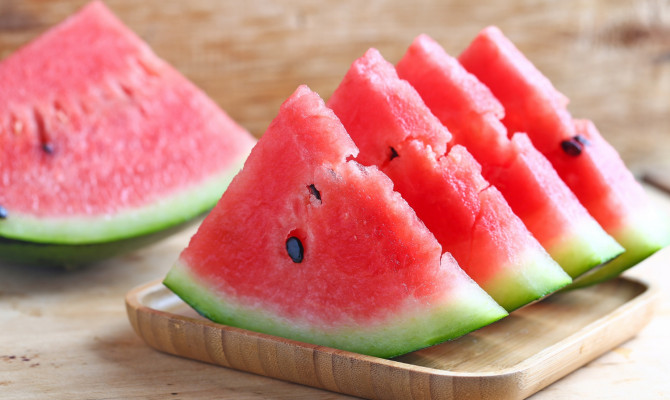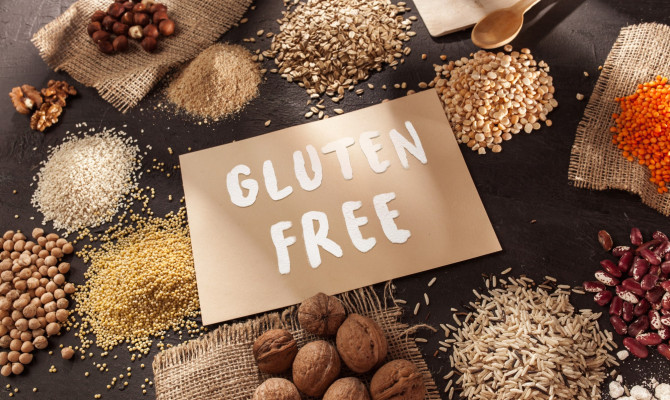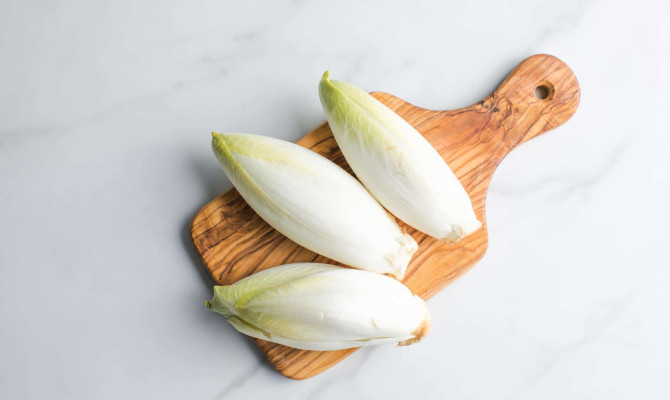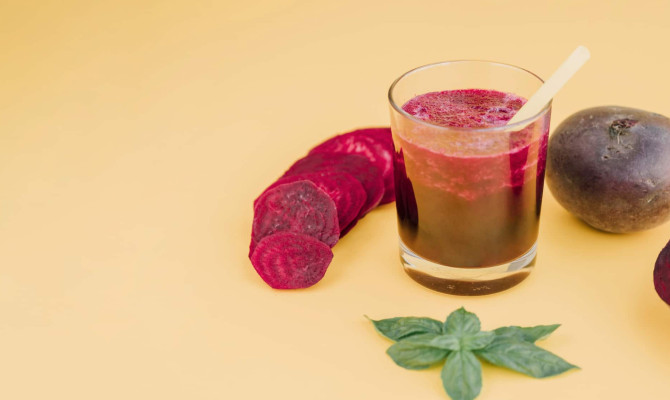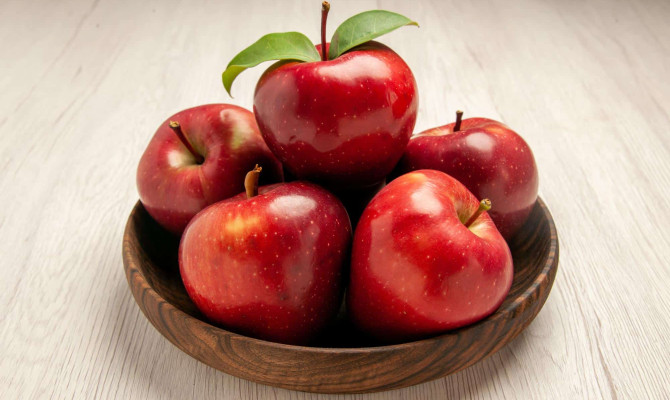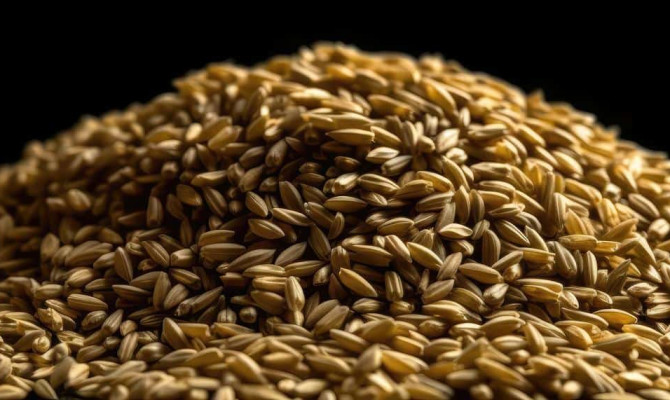Exploring the Nutrition and Health benefits of Collard Greens

- Collard Greens
- 17 Aug 2023
Overview
What are Collard greens?
Collard greens are leafy green vegetables belonging to the family of cruciferous vegetables, including kale, cauliflower, cabbage, brussels sprouts and broccoli. Known for their robust flavor and impressive nutritional profile, collard greens have been enjoyed for centuries in various cuisines worldwide. Brassica oleracea var. viridis L. and Brassica oleracea var. acephala are their scientific names. 1Overview| Researched based study from plantwiseplusknowledgebank.org The word collard comes from the Middle English word colewort, which means cabbage plant.2Overview| Researched based study from Foodprint.org
This article will explore the facts about collard greens, their health benefits, nutritional value, potential side effects, precautions, drug interactions, and risks.
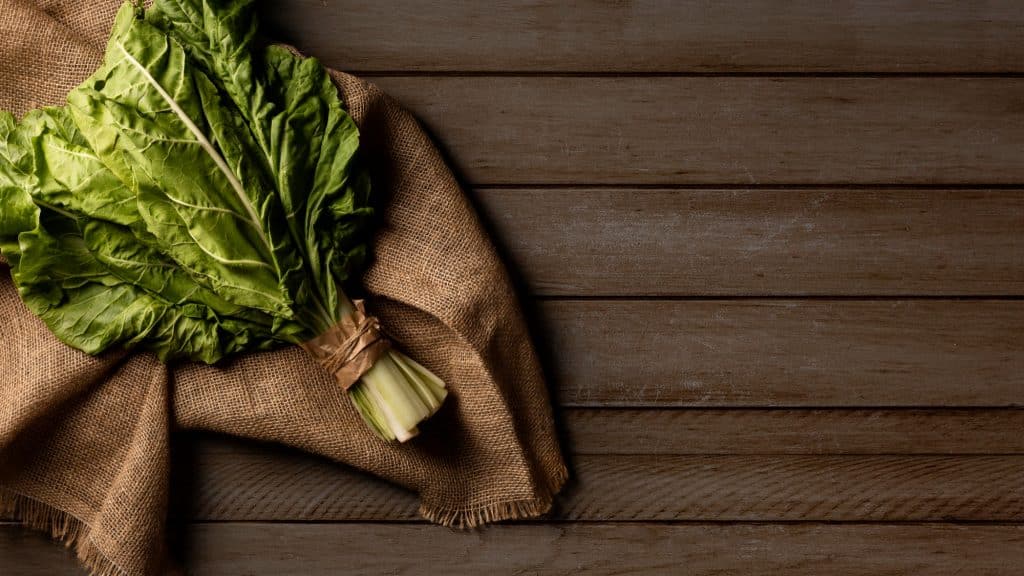
Nutritional value
Nutritional values of Collard greens
Collard greens are high in nutrients, vitamins, and fiber, making them a wonderful addition to any healthy diet. One cup (190 g) of chopped, boiled, and drained collard greens without salt 3Nutritional Value| Researched based study from Usda.gov includes the nutrients listed below:
- Water – 171 g
- Calories – 62.7 kcal
- Carbohydrates – 10.7 g (including fiber and sugar)
- Fiber – 7.6 g
- Protein – 5.15 g
- Fat – 1.37 g
Minerals
- Potassium – 222 mg
- Calcium – 268 mg
- Phosphorus – 60.8 mg
- Magnesium – 39.9 mg
- Sodium – 28.5 mg
- Iron – 2.15 mg
- Zinc – 0.437 mg
- Manganese – 0.969 mg
- Copper – 0.097 mg
- Selenium – 0.95 µg
Vitamins
- Choline – 73 mg
- Vitamin C – 34.6 mg
- Vitamin E – 1.67 mg
- Vitamin A – 14400 IU
- Thiamin – 0.076 mg
- Riboflavin – 0.201 mg
- Niacin – 1.09 mg
- Pantothenic acid – 0.414 mg
- Betaine – 0.38 mg
- Vitamin B6 – 0.243 mg
- Lutein & zeaxanthin – 11800 µg
- Beta Carotene – 8570 µg
- Vitamin K – 773 µg
- Alpha Carotene – 129 µg
- Beta cryptoxanthin – 49.4 µg
- Folate – 30.4 µg
Collard greens are nutrient-dense despite being low in calories. They are excellent calcium, folate, and vitamins K, C, and A sources. They’re also abundant in fiber and antioxidants.
- Vitamin K – 644% of DV
- Vitamin C – 38% of DV
- Vitamin A – 80% of DV 4Nutritional values| Researched based study from Nutritionvalue.org
- Folate – 8 % of DV
- Calcium – 21 % of DV
- Fiber – 27% of DV
Health benefits
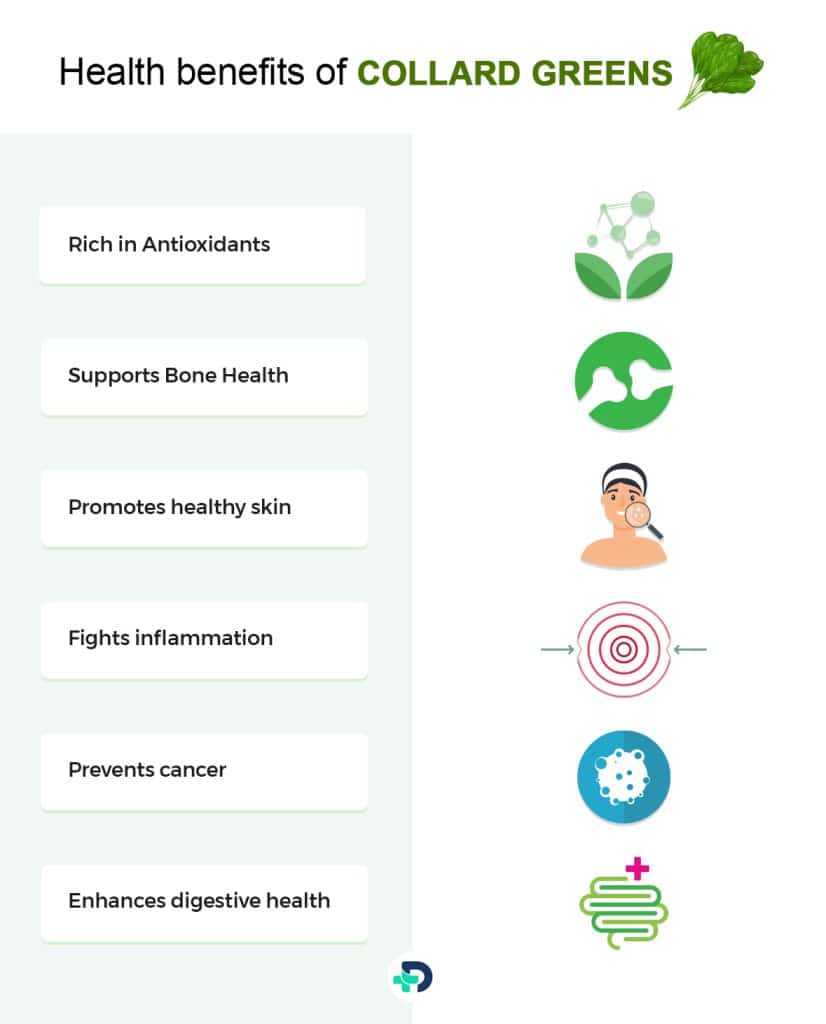
Health benefits of Collard greens
Consuming Collard greens has numerous health benefits, including:
- Provides goodness of antioxidants
- Supports bone health
- Promotes healthy skin and hair
- Enhances digestive health
- Promotes heart health
- Fights against inflammation
- Enhances cognitive function
- Prevents cancer
Rich in Antioxidants
- Collard greens are abundant in antioxidants, such as beta-carotene and vitamin C, which help eradicate the harmful free radicals in the body.3Health benefits| Researched based study from Usda.gov
- These antioxidants reduce the chance of developing chronic diseases, like certain eye conditions, heart disease, and cancer.5Health benefits| Researched based study from Nlm.nih.gov
Supports Bone Health
- With its unique vitamin K content, collard greens play a crucial role in maintaining bone health.
- Vitamin K aids in the formation of osteocalcin, a protein that strengthens bones and prevents osteoporosis.6Health benefits| Researched based study from Nlm.nih.gov
Promotes healthy skin and hair
- Collard greens are high in vitamins A, C, and iron, all necessary for healthy hair and skin.7Health benefits| Researched based study from Nlm.nih.gov ,8Health benefits| Researched based study from Nlm.nih.gov
- Hair loss is frequently caused by iron deficiency anemia.9Health benefits| Researched based study from Clevelandclinic.org
Enhances digestive health
- The actual fiber content of collard greens promotes a healthy digestive system.
- It helps prevent constipation, supports regular bowel movements, and enhances gut health by nourishing beneficial gut bacteria.10Health benefits| Researched based study from Mayoclinic.org
Promotes heart health
- The high fiber content and low-calorie nature of collard greens contribute to heart health.
- Dietary fiber decreases cholesterol, lowers blood pressure, and promotes heart health.1Health benefits| Researched based study from plantwiseplusknowledgebank.org
Fights inflammation
- Collard greens contain various phytonutrients, including kaempferol and quercetin, which exhibit anti-inflammatory properties.
- Consuming collard greens may aid in reducing inflammation within the body, which is linked to numerous chronic conditions.11Health benefits| Researched based study from Oldwayspt.org
Enhances cognitive function
- Choline is found in collard greens, and is a key neurotransmitter.
- Choline improves mood, muscle mobility, learning, and memory.12Health benefits| Researched based study from Nlm.nih.gov
Prevents cancer
- People who consume a lot of cruciferous vegetables have a lower risk of acquiring cancers such as upper digestive tract cancer, colorectal cancer, breast cancer, and kidney cancer. 13Health benefits| Researched based study from Cancer.gov
How to choose collard greens?
- Choose leaves and stems that are sturdy and free of yellowing or blemishes.
- Pick leaves that are nor yellow or wilted.
- Wash the leaves right before cooking them and never before storing them.
- To prevent insecticides and pesticides, buy organically grown collard greens wherever possible.
Culinary uses
Uses of Collard greens
Collard greens can be enjoyed in various ways and here are a few simple recipes or ideas for incorporating collard greens into a person’s diet:
- Steamed or Sautéed – Steaming or sautéing collard greens with olive oil, garlic, and a splash of lemon juice makes for a simple and nutritious side dish. The gentle cooking process helps retain their vibrant green color and nutrients.
- Wraps and Rolls – Collard greens make excellent replacements for tortillas or wraps. Use them to encase your favorite fillings, such as hummus, vegetables, or lean protein, for a refreshing, low-carb alternative.
- Soups and Stews – Collard greens can be added to soups and stews to increase vitamins and fiber. They also go well with beans, tomatoes, and spices, adding flavor and nutrients to the dish.
- Smoothies – Collard greens can be a healthy addition for individuals who enjoy green smoothies. One can blend them with yogurt, fruits, and a liquid of their choice to make a refreshing and healthful beverage.
Side effects
Collard greens side effects
Eating collard greens every day is generally safe; however, eating it in high quantities may cause:
- Bloating
- Gas
- Allergic reactions include itching, rashes, swelling of lips and tongue, and difficulty breathing or swallowing
Precautions
Precautions
While collard greens offer numerous health benefits, there are a few considerations to keep in mind:
- Collard greens contains oxalates.
- It may cause allergies.
- It may interact with blood thinners.
Contains oxalates
- Like other leafy greens, collard greens have oxalates, which in some people can lead to the development of kidney stones.
- Comparatively, collard greens have fewer oxalates than other greens like spinach and chard.
- The total amount of oxalates in 1 cup of raw, chopped collard greens is 10 mg.14Precautions| Researched based study from Veganhealth.org
- People with a history of kidney stones or at risk should limit their consumption of collard greens and drink lots of water.
May cause allergy
- Although rare, some people may be allergic or sensitive to collard greens or other cruciferous vegetables.
- Stop eating collard greens immediately and seek medical attention if you anticipate an allergic response.
May interact with Blood Thinners
- Maintaining a regular intake of foods high in vitamin K, such as collard greens, is crucial for people who use blood-thinning drugs like warfarin.15Interactions| Researched based study from Nih.gov
- Consuming different doses of vitamin K regularly can decrease the effectiveness of blood thinning medications.
- It is best to contact your healthcare physician to identify the necessary dietary changes while taking blood thinners.
Bottom line
The Bottom Line
Collard greens can be a tasty way to boost a person’s total nutritional intake. Experiment with different cooking methods and collard green recipes to discover your favorite ways to enjoy these vibrant and flavorful greens. Always seek individualized guidance based on your unique health needs from a healthcare practitioner or certified dietitian.
Remember, embracing a varied and balanced diet, which includes a wide range of fruits and vegetables like collard greens, is vital to achieving optimal health and well-being.
Any feedback on this article?
 This Articles content was accurate
This Articles content was accurate Very Informative Article
Very Informative Article I have a question or a comment
I have a question or a comment
 This article contains inaccurate content
This article contains inaccurate content This article was not helpful
This article was not helpful I have a question or a comment
I have a question or a comment
We appreciate your helpful feedback!
Checkout our social pages
References
-
Plantwise Plus
Brassica oleracea var. viridis (collards) | Overview
-
Food Print
Real Food Encyclopedia | Collard Greens | Overview
-
U.S. DEPARTMENT OF AGRICULTURE
Collards, cooked, boiled, drained, without salt | Nutrition
-
NutritionValue.org
Collards, without salt, drained, boiled, cooked | Nutrition
-
National Library of Medicine
Free Radicals, Antioxidants in Disease and Health | Benefits
-
National Library of Medicine
Vitamin K and Bone Health: A Review on the Effects of Vitamin K Deficiency and Supplementation and the Effect of Non-Vitamin K Antagonist Oral Anticoagulants on Different Bone Parameters | Benefits
-
National Library of Medicine
Vitamin A in Skin and Hair: An Update | Benefits
-
National Library of Medicine
Vitamin C in dermatology | Benefits
-
Cleveland Clinic
Does Iron Deficiency Cause Hair Loss? | Benefits
-
Mayo Clinic
Dietary fiber: Essential for a healthy diet | Benefits
-
Oldways Nutrition Exchange
Leafy Greens: Inflammation Fighters! | Benefits
-
National Library of Medicine
The relation of dietary choline to cognitive performance and white-matter hyperintensity in the Framingham Offspring Cohort | Benefits
-
National Cancer Institute
Cruciferous Vegetables and Cancer Prevention | Benefits
-
Vegan Health
Calcium and Oxalate Content of Foods | Precautions
-
National Institutes of Health
Vitamin K-Fact Sheet for Health Professionals | Interactions












